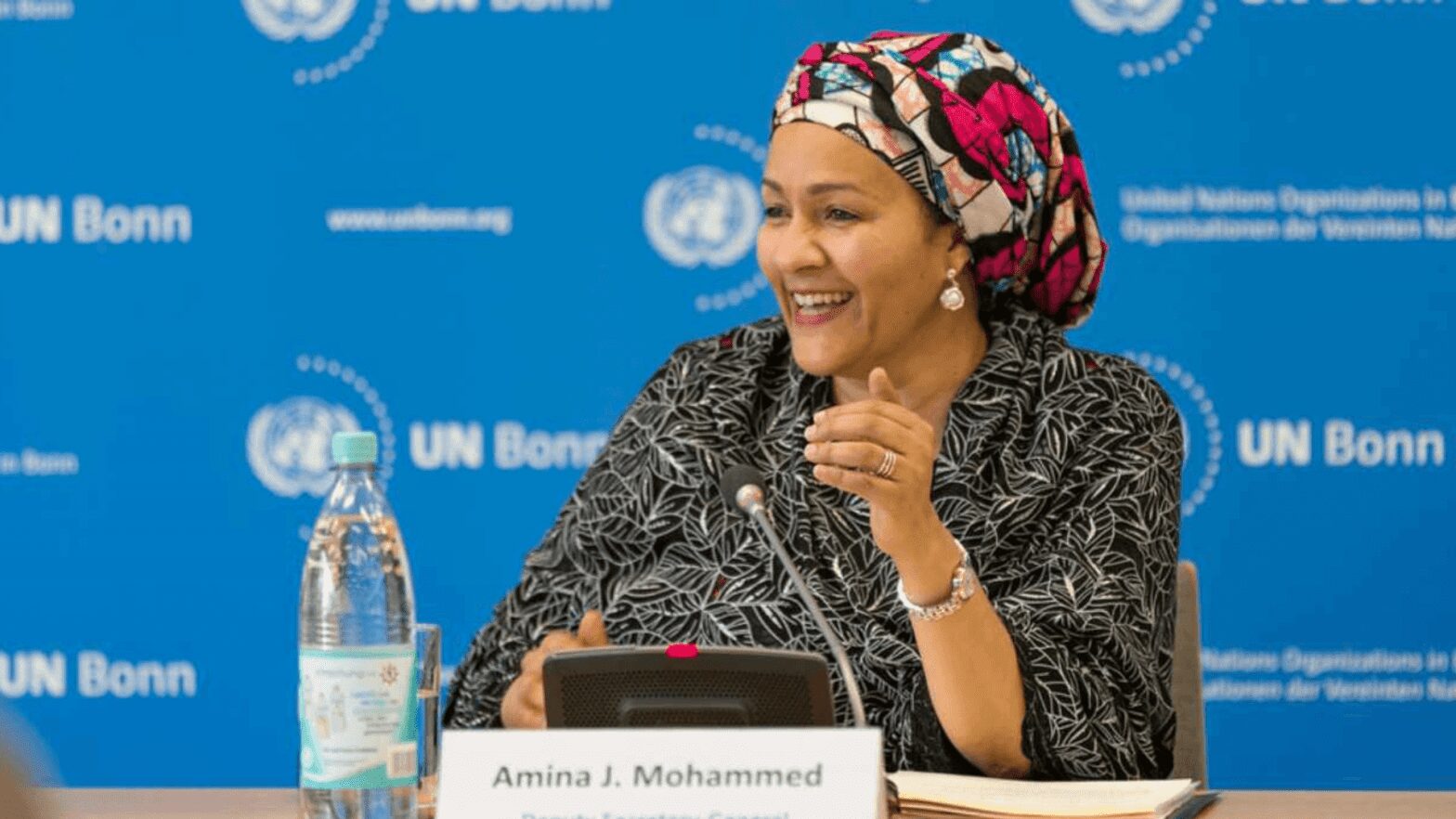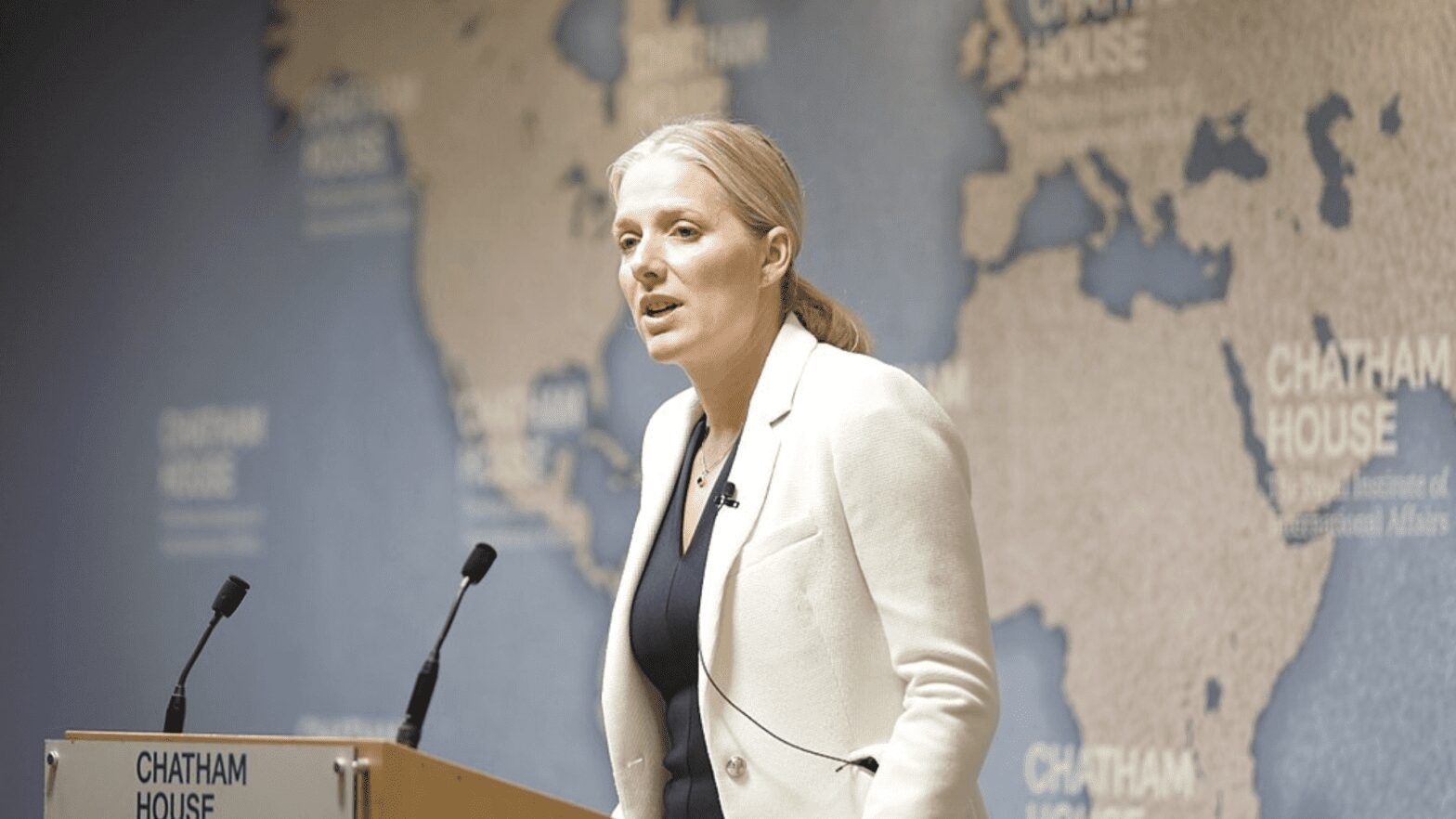The International Energy Agency (IEA) released a recent report on the world's global electricity demand in 2023, with growth projections for 2024. of less than 2% in 2023, below the rate of 2.3% in 2022. This process is strongly associated with the crises faced by large economies, which experience a drop in growth caused by bad weather and geopolitical conflicts.
The report Electricity Market Report Update Outlook for 2023 and 2024 of the International Energy Agency (IEA) points out that the data are contrasting for the European Union. According to the report, “Electricity demand in the European Union is expected to decline in 2023 for the second consecutive year, falling to the lowest level in two decades”. This scenario is a reflection of the vehicle electrification process and the prospect for renewable energy sources, which are changing the way energy is used, especially that from non-renewable sources. The high price of electricity production is also pointed out as another major factor.
For households, the average electricity price is approximately US$0.185 per kWh. However, the survey found that in Lebanon, consumers have the advantage of enjoying the lowest price on record, just USD 0.001 per kWh. On the other hand, in Croatia, citizens pay the highest price in the world, reaching 1,280 dollars per kWh.
At the business level, costs were slightly higher, with an average electricity price of around US$0.193 per kWh. The scenario remains the same in Lebanon, where companies also have access to the minimum price of USD 0.001 per kWh. In Croatia, companies face an even higher tariff, reaching 1,640 dollars per kWh. Thus, the average electricity price is USD 0.193 per kWh.
While the global economic scenario faces a decline, emerging economies such as China and India are making a leap in terms of energy, driving the growth of the renewable energy sector and showing remarkable results in their generation capacity. At the same time, developed countries such as Japan and the United States are experiencing significant drops in electricity demand.
In 2023, Japan experienced a notable 3% contraction in electricity demand, while the United States projects a drop of nearly 2%. On the other hand, China had a significant increase of 5.3% in the same period and projects to grow 5.1% in 2024, demonstrating the resilience of its economy and the importance of the energy sector in its development.
One of the highlights of this advance is in photovoltaic energy, whose manufacturing capacity has expanded rapidly. The forecast is that by 2024, the world's photovoltaic energy capacity will double, reaching 1,000 GW. In this leadership, there are countries like China, United States, India and Europe, which are investing in sustainable technologies and seeking to reach ambitious goals of clean energy generation.
In addition, wind energy has also been gaining prominence on the world stage. For the first time, its installed capacity surpassed the mark of 1 terawatt-hour (1TWh). This achievement represents an important milestone in the transition to cleaner and more sustainable energy sources globally.
The report also highlights the importance of the energy transition to ensure a sustainable and secure future for all. Investments in renewable energy sources and clean technologies are essential to reduce greenhouse gas emissions and combat climate change.
Energy Outlook for 2023
The recovery from the crisis caused by the Covid-19 Pandemic and the global energy crises are reflected in the results of the energy context for 2023. The report World Energy Investment 2023, published by the International Energy Agency (IEA), brings important information about global investments in energy and its perspectives for the future.
According to the report, the paradigm shift driving investments towards clean energy has been one of the key factors driving the global energy market. Comparing estimates for 2023 with 2021 data, annual investment in clean energy increased much faster than investment in fossil fuels during this period (24% vs 15%).
The investment estimate for energy in 2023 is around U$ 2.8 trillion dollars. More than $1.7 trillion will go towards clean energy, including renewable energy, nuclear, grids, storage, low-emission fuels, efficiency improvements and end-use renewables, and electrification. The remainder, just over US$ 1 trillion, goes to the fossil industry's unshakable supply of fuel and energy.
The report highlights the need for investments in electrical infrastructure and smart grids to ensure the security and reliability of the electricity supply. In addition, it underscores the importance of digitizing the electricity sector to improve operational efficiency and reduce costs.
Another important point addressed by the report is the need for investments in carbon capture and storage (CCS) and green hydrogen technologies to reduce greenhouse gas emissions. The report highlights that these technologies are essential to achieving the climate targets set out in the Paris Agreement.
Despite the growth of global investments in energy, the report warns that investments in renewable energies need to grow even more to reach the established climate targets. A joint effort between governments, business and civil society is needed to ensure a fair and sustainable energy transition around the world.
The global energy market is undergoing major transformations, with an ever-increasing drive towards clean energy. However, there are still challenges to be faced to ensure a fair and sustainable energy transition across the world. The report World Energy Investment 2023 brings important information about global investments in energy and its perspectives for the future, highlighting the importance of investments in electrical infrastructure, smart grids and CCS and green hydrogen technologies.
Investing to increase the world's renewable energy capacity
The year 2022 was marked by a notable increase in the profit of fossil fuel companies, which achieved significant revenues compared to previous years. According to market data, oil and gas producers have posted approximately US$ 4 trillion in gains, signaling a boom phase for this particular sector.
With promising prospects, expectations for 2023 are that the flow of investments in fossil fuels will continue to grow, surpassing the mark of US$ 950 billion and experiencing an increase of more than 6%. However, this projection is not uniform across the world, as many countries and sectors still face challenges in the midst of the energy transition process.
The current scenario highlights an increasing push towards renewable energy in the global market. Solar and wind energy, in particular, have emerged as important investment targets for various economic powers. Countries like China, the European Union and the United States have already surpassed the mark of 80 billion dollars in investments in clean and sustainable sources.
Despite these advances, much remains to be done to ensure a fair and equitable distribution of clean energy production capacities around the world. Many nations and sectors are still adapting to the idea of energy transition, which can result in inequalities and challenges in the implementation of sustainability-oriented policies and technologies.
The world's renewable energy capacity will surpass 4,500 gigawatts (GW) in 2024, reaching almost the same level as fossil fuels. The forecast is from the International Energy Agency (IEA). The global energy market is undergoing profound transformations, being marked by an expressive growth in the profit of fossil fuel companies, at the same time that efforts towards renewable energy are growing. This paradigm shift implies new challenges and opportunities to ensure a fair and sustainable energy transition that takes into account the global needs to combat climate change and the search for a greener and more resilient economy.
















